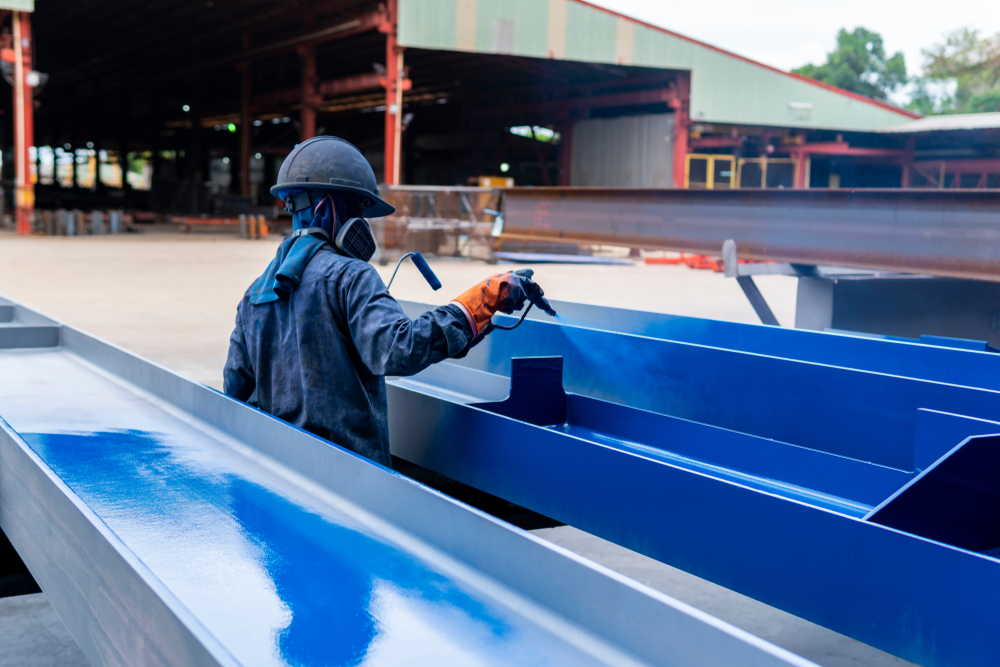On September 17, 2021, the EPA proposed amendments to the National Volatile Organic Compound (VOC) Emission Standards for Aerosol Coatings, which establish reactivity-based emissions standards for the aerosol coatings category under the Clean Air Act (CAA).
“In this action, the EPA is proposing to update coating category product-weighted reactivity limits for aerosol coatings categories; add new compounds and reactivity factors (RFs); update existing reactivity values; revise the default RF; amend the thresholds for compounds regulated by this document; and add electronic reporting provisions,” states the action published in the Federal Register.
Aerosol coating regulations apply to spray paint, which has been shown to contribute to ground-level ozone formation and ozone nonattainment. In this instance, the regulated community has petitioned for regulatory changes to ensure the regulation accurately reflects current industry practice and the most current scientific research.
Background
The American Coatings Association (ACA) has repeatedly urged the “EPA to amend the National VOC rule for aerosol coatings to update its table of Maximum Incremental Reactivity (MIR) values to align with California’s aerosol coatings rule, adjust the default value, and add several compounds to the rule’s Table 2A.”
“In 2017, ACA developed and submitted two petitions for rulemaking regarding EPA’s aerosol coatings rule,” according to the ACA. “The first petition requested that EPA update its table of MIR values, adjust the default value, modify the regulatory language to allow for changing the value of existing compounds, and add several aerosol coatings compounds to EPA’s tables. ACA officially submitted this first petition to EPA in April 2017; however, the agency indicated that the complexity of the requests would be a significant obstacle to completion of a rulemaking. EPA encouraged ACA to submit a streamlined version of the petition and indicated that the agency would consider an expedited rulemaking process.
“Consequently, ACA submitted a second petition (pursuant to 40 CFR § 59.511(j)) that asked EPA to add 16 aerosol coatings compounds to its table of MIR values. ACA petitioned EPA to amend the national VOC rule for aerosol coatings because various aerosol coatings manufacturers subject to EPA’s regulations concluded that several compounds are being used by formulators that are not listed on Tables 2A, 2B, or 2C. It is the intent of industry members and the regulated community to use these compounds in aerosol coatings products.
“In its petitions ACA underscored that reactivity factors of each of the compounds have undergone significant scientific study under the direction of Dr. William P.L. Carter and have been peer reviewed by the scientific community. Notably, Dr. Carter’s reports reflect the most up-to-date scientific research available and are widely accepted. His research is also the basis for California Air Resources Board’s (CARB) Aerosol Coatings Regulation, which has also assigned MIR values to these compounds.
“Since the reactivity factors of the following compounds have been studied, peer reviewed, and accepted, and these compounds are intended to be used by the regulated community moving forward, ACA has urged EPA to add them to Table 2A.”
The proposed amendments indicate the EPA is responding to the actions requested by the ACA.

